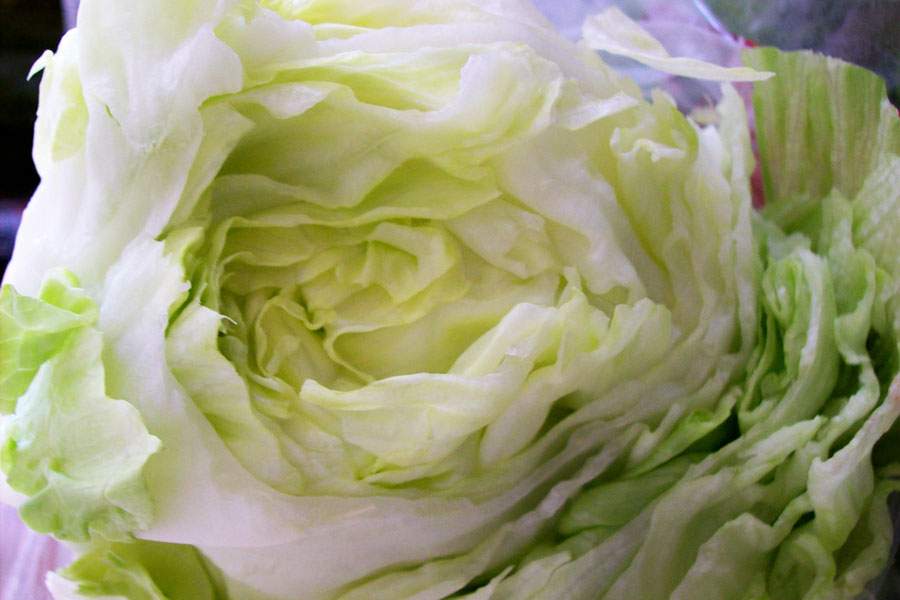
Stroll through the frozen foods section of the supermarket and you'll find frozen corn, peas, and beans. A Moment of Science wonders, why isn't there any frozen lettuce?
Why Can't I Freeze Lettuce?
Freezing is a relatively easy and convenient way to preserve many vegetables because it slows down or destroys the bacteria and enzymes that cause spoilage. But, the freezing process itself can cause changes in food that can spoil the appetite.
During freezing, the water in every cell of the vegetable freezes and forms ice crystals. As we know from our ice cube trays, water expands in volume when it is frozen. In frozen vegetables, the ice crystals expand and damage the wall that surrounds each cell.
Damaged Cell
When the cell walls are damaged, the vegetable's structure is weakened, and its texture becomes softer.
Some vegetables, like corn and peas, have a lot of starch in them but very little water. So they maintain their structure in spite of the cell damage. But, other vegetables, like lettuce and cucumbers, have a lot of water in them and more delicate cell walls. The ice crystals damage these vegetables so badly that they really can't be frozen without turning into mush.
Ice crystals can reduce almost any vegetable to mush if poor freezing technique is used. Slow freezing creates larger ice crystals than fast freezing and causes more damage. Repeated thawing and freezing also creates larger crystals and can turn fresh, crunchy vegetables into unappetizing, mushy goo. Oddly enough, good freezing technique means boiling the raw vegetables for twenty seconds before quickly cooling and then freezing. The brief boiling makes the cell walls slightly more elastic.









